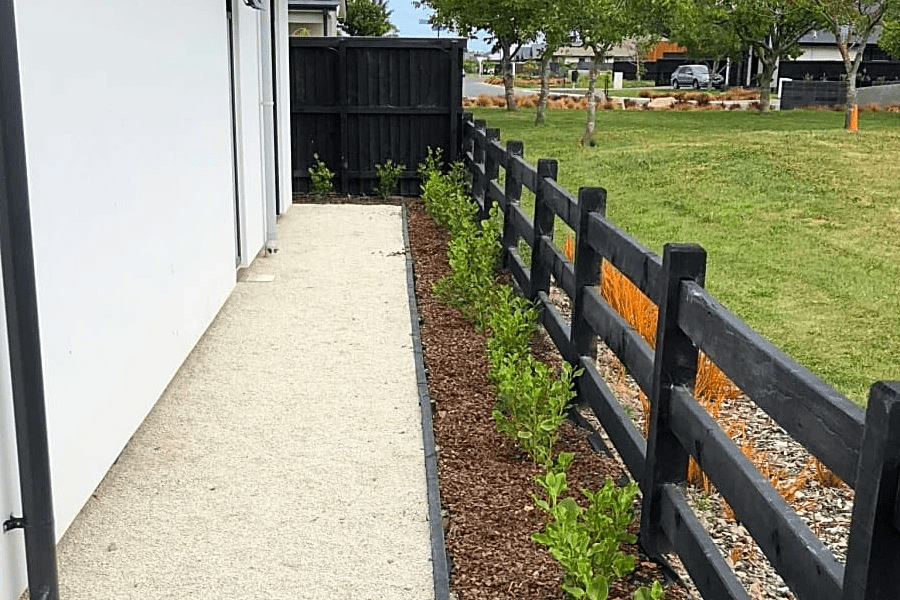

HYDRO SEEDING CARE
LAWN – POST CARE
Irrigation Irrigate
lightly, at least three times per day using light misting irrigation that keeps the surface moist until germination. When seed emergence is noticed, reduce to daily irrigation for a few days, then to 2 or 3 day intervals as early as possible.
If heavy rain causes a washout
Provided it is within a week of seeding and grass has not begun germinating, you can rake the seed back to a uniform coverage, and sow more seed. Otherwise deal with it after establishment.
First mowing
Do not delay mowing too long. Mow the lawn using grass catchers when it reaches the prescribed height. If your mower doesn’t collect the clippings, mow frequently to just mow the grass tips, or rake off any windrowed clippings. They can kill new grass seedlings. It’s rare to need to roll before mowing.
First fertilizer
Once your lawn has been mowed for the first time, it can be fertilized. Establishment can be seeded up and your lawn can look great sooner. Wrongly applied it can destroy the lawn through fertilizer burn. The first fertiliser must be applied uniformly at the right rate, preferably using a centrifugal spreader. Most importantly it must be watered in immediately afterwards by rain or irrigation. Ideally the fertilizer should be applied in cool conditions just prior to rain or irrigation, or while it is raining. Avoid applying fertilizer to damp or wet turf unless it is raining. The good news here is that the Anderson's Lawn Food contains 30% controlled release nitrogen (PCSU). This greatly helps to reduce burn. If you are in a situation where you risk a burn, then use Anderson's Lawn Starter containing 50% PCSU. This will help reduce the risk further.
Maintenance fertilizer
It’s amazing what a simple fertilizer program can do for a lawn. Most lawns can benefit from Andersons Lawn Food in March, May and late August. Where you are irrigating your
lawn, consider applications in November and January, or fertilize at 6-8 weekly intervals through the summer growing season.Summer irrigation
Summer irrigation needs to be applied for long enough to wet the soil to at least 50 mm depth or more otherwise melting out disease could harm the grass. Watering the lawn once per week is too infrequent on sandy or other light soils. Twice or three times is better in most cases.
Summer dry patch
Summer patchiness despite regular irrigation is often caused by dry patch. If the soil is dry in one place and moist in another within a meter or two then dry patch is suspected. Apply Restore granular wetting agent to the dry patches, and keep repeating at weekly intervals until the soil is re-wet. Wetting agent is most effective used preventive by treating the problem areas last year with wetting agent in October and November, before the problem shows up.
Broad-leaf weeds
In our tests we have found that broad-leaf herbicides containing the following active ingredients can be applied to new turf after as little as 4-6 weeks: mecoprop + MCPA + dicamba (Turfix), or clopyralid (Versatile). Take care and read the label with other products















